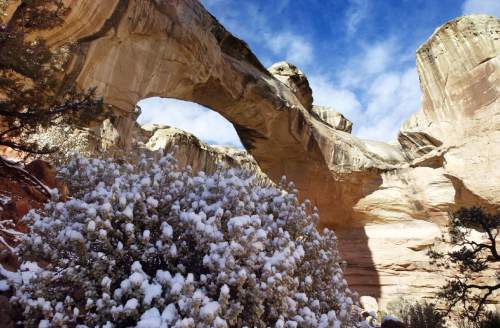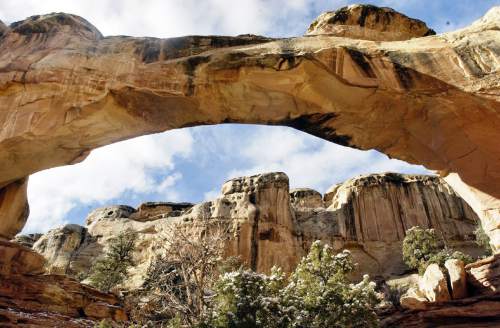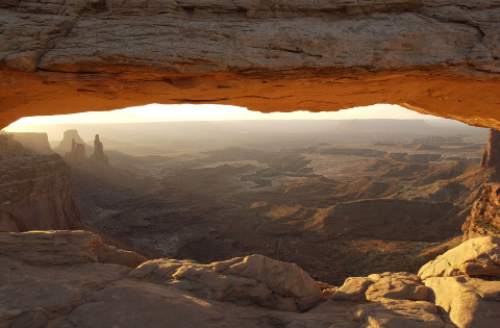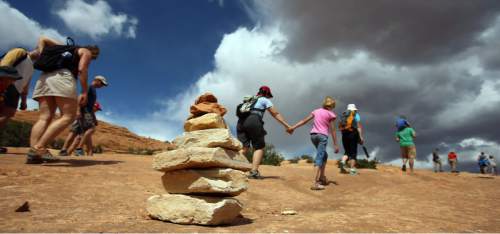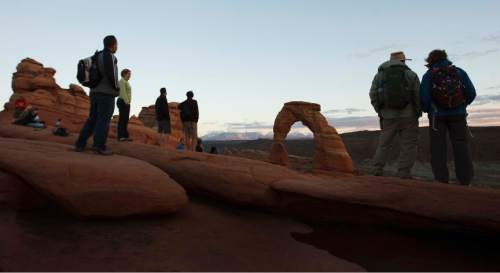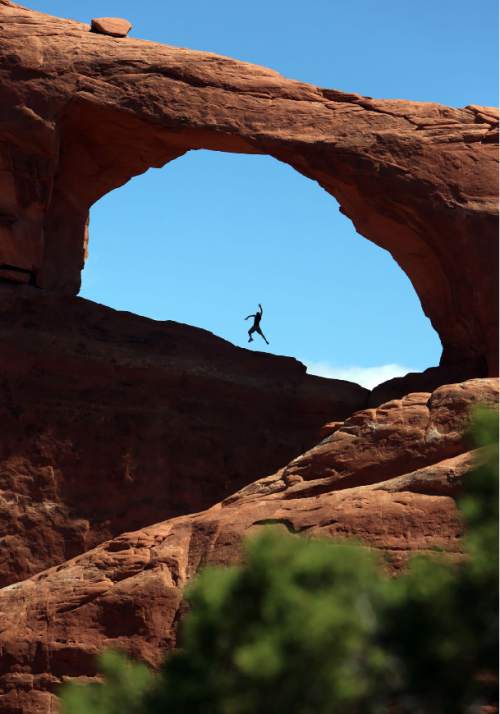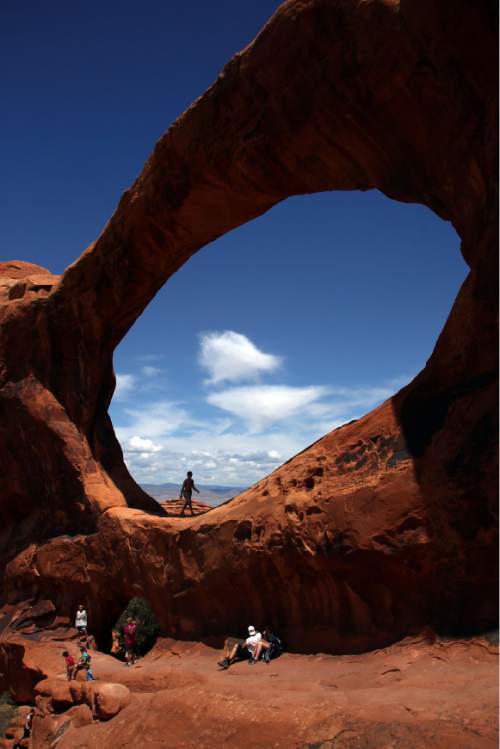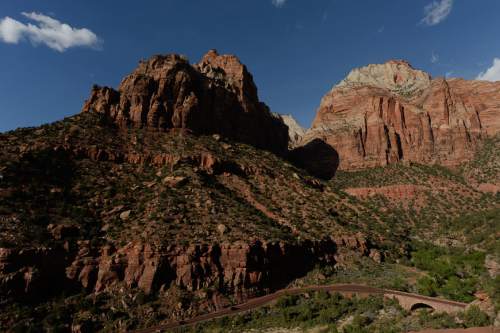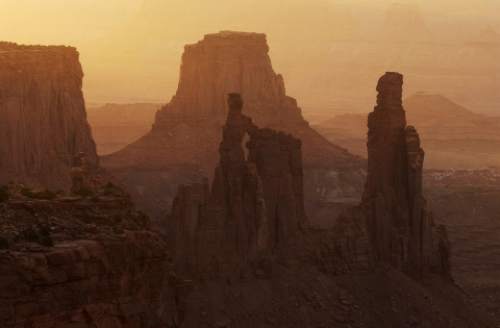This is an archived article that was published on sltrib.com in 2015, and information in the article may be outdated. It is provided only for personal research purposes and may not be reprinted.
Jeanethe Falvey contends the future of America's nearly-century-old national parks may rest in the hands of children 1/10th of that age.
As the centennial of the National Park Service approaches in 2016, Falvey, a senior manager for National Geographic online education helped develop a program to teach third- through fifth-grade students how to be stewards for the parks.
The "Find Your Park, Love Your Park" initiative provides resources for teachers like an interactive map, outdoor activities and a tool for students to design their own park to instruct kids how to be responsible for public space.
"Part of the whole reason for this is just studying appreciation of the natural world and parks and being able to visit a pristine place," Falvey said. "Just pledging to learn about that is something we find to be pretty valuable as well."
Falvey says that stage of elementary school is the "sweet spot" for children who are just learning to appreciate and respect their community at large.
Rich Finlinson, a spokesman for the Utah Education Network, said visual aspects like maps, videos and interactive features get students engaged to appreciate Utah's "Mighty 5" down to neighborhood parks.
The UEN offers readings and clips from Public Broadcasting Programs on the national parks to further aid instructors.
"The idea that this belongs to everyone, that this is a public resource, I think that the earlier students begin to understand that, the more involved and the more responsible they can choose to be," he said.
Students can also make a personal pledge through the National Geographic initiative to protect a particular area. To pick up a piece of trash at Capitol Reef National Park to reduce the estimated 100 million pounds of trash thrown away at national parks each year or use a reusable water bottle while hiking in Zion National Park.
In just over a month, the initiative has received over 1,000 individual pledges.
"We're talking about the simple actions you can take every day, particularly when you're in a place that is there to be pristine and preserved for generations to come," Falvey said.
As 2015 winds down toward the centennial celebration in January, Falvey said she hopes the initiative teaches this generation of children to preserve the national parks for another 100 years.
"One less bottle makes a difference. One less wrapper makes a difference. That's something if kids can keep that through life, we need that," Falvey said. "Everybody needs to have that in the back of their minds these days if we're ever going to move the dial."
Twitter: @BrennanJSmith —
The 'Find Your Park, Love Your Park' initiative
O For more information on the educational program, visit: http://education.nationalgeographic.org/programs/love-your-park/
• For resources available through the Utah Education Network, visit: http://www.uen.org/utahnationalparks


